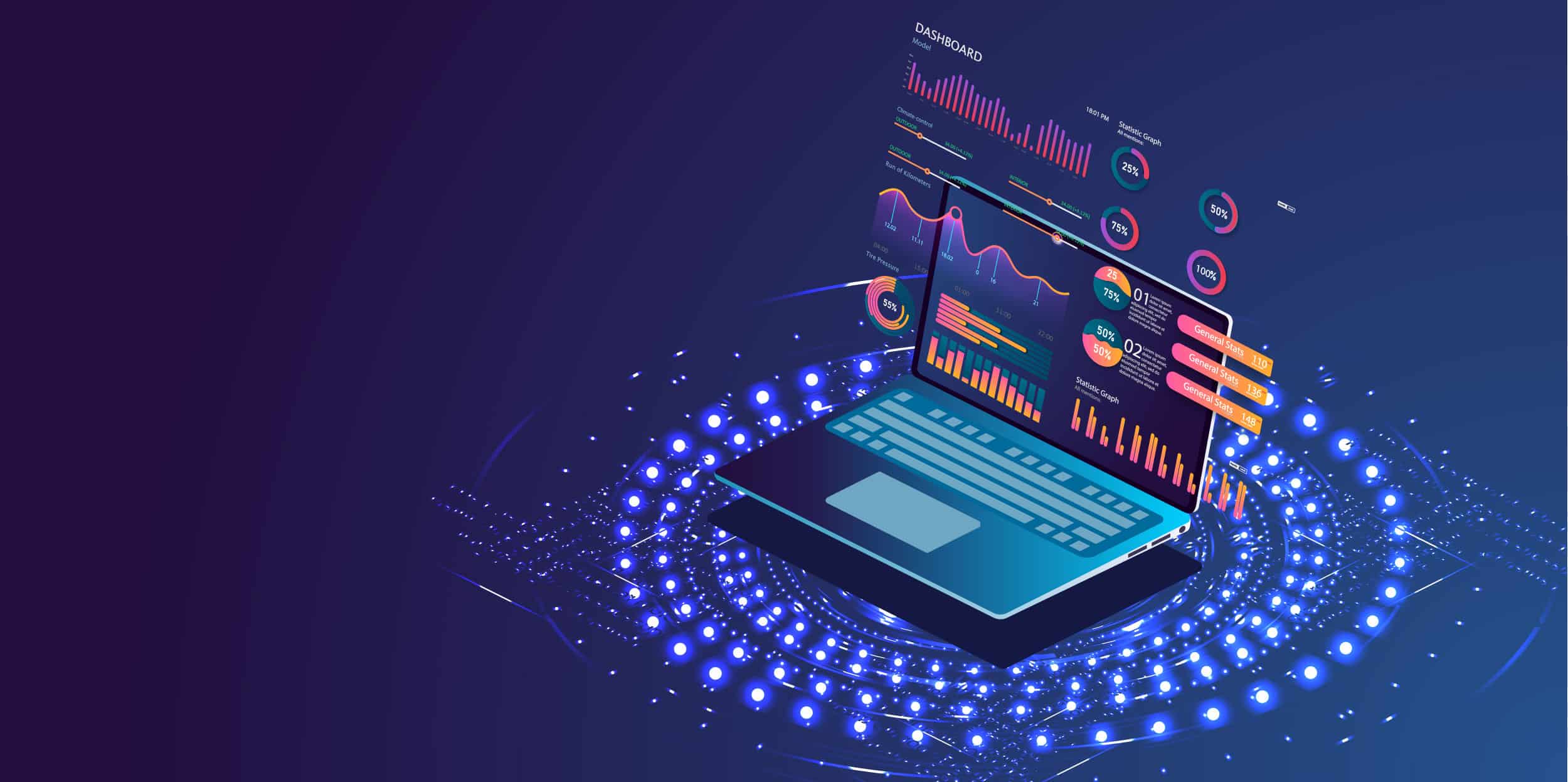The 8 Must Haves for Network Detection & Response
Spending in the cybersecurity marketplace continues to grow at a fast pace. Cloud security spending will reach $12.6B on security tools by 2023. It’s no surprise there are a massive amount of solutions that claim to offer different features on how to solve different areas of security. Some solutions do what they preach, and others fall short. To select an appropriate network detection & response solution you need to consider a variety of factors. To help you cut through the noise, we’ve assembled a list of 8 areas and capabilities that enterprises should look for when evaluating a NDR.
1. Detection of Unknown Attacks
DDoS attacks are relatively easy to spot, but what about the ones that go undetected? A robust NDR should enable you to confidently spot the anomalies and signs that an undetected attack is imminent.
2. Data Enrichment
Data enrichment is considered a critical factor in effective threat detection, threat forensics, and remediation. Using enriched data adds event and non-event contextual information to security event data to transform raw data into meaningful insights. The solution should also have the ability to enrich data in real-time with business and threat intelligence details.
3. Visibility Across your Entire Network
A good platform will be able to see your entire network, whether on-premises devices, in the cloud, or a hybrid of both. The solution should also integrate with major cloud vendors such as AWS and Azure. With a newly distributed remote workforce, network visibility is more critical than ever.
4. Seamless Integration
We all know the quicker and easier it is to share data between systems vital to any security program. NDR’s should help make security more natural to do by offering:
- Flexible APIs that can push and pull data in real-time
- Multiple ways to ingest telemetry data
- Secure way to send data
5. Threat Hunting
Effective threat hunting needs the right tools and the right data. By including threat hunting capabilities in a NDR, teams have access to the same data that enables quicker investigations and resolutions.
6. Dashboards & Reporting
Dashboards and reporting should include a varied array of out-of-the-box SOC and NOC metrics, including network tap, network top, attack surface, peering and traffic overviews. Users should also have the ability to create whatever analysis reports they need in real-time to aid in executive reporting and day-to-day operations.
7. Response
NDR’s should have the ability to respond to threats with multiple methods: BGP, Flowspec, DNS updates, or via an API. Additionally, effective threat remediation should be automated, which reduces the overall time to respond and removes the human element. This approach is more cost-effective and eliminates issues with human error at the same time.
8. Storage
Having the ability to go back and look at a period of time for threat hunting and reporting is critical. A minimum of 90 days for raw data is key but an option of up to a year is better. NDRs should also have capability to do this in hours vs months which is common in appliances. The feature also aids in effective threat hunting.
How Netography Can Help
Netography provides organizations with unparalleled network detection and response capabilities to defend against global threats not found by existing technologies. With the cloud’s power & flexibility, Netography helps companies gain visibility into on-premises, cloud & hybrid network environments to eliminate blind spots. Netography customers benefit from an added security layer that does not rely on signatures to detect & remediate threats, without deploying expensive hardware or software. For more information contact us at [email protected].

